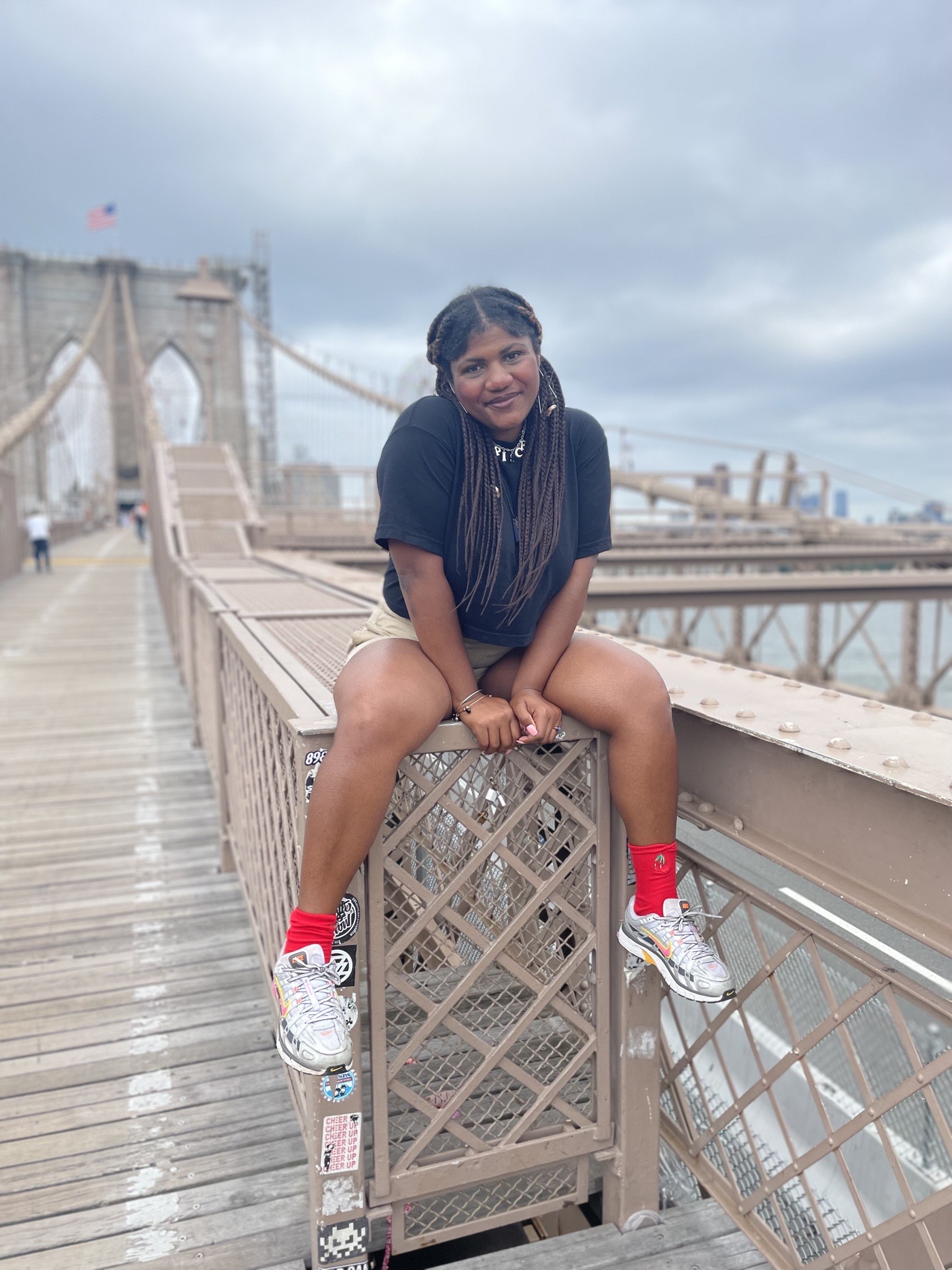What happens when public health, safety, and caution are thrown to the wind?
On Christmas Eve, my nose started to run and I was sneezing uncontrollably. I was spending the holidays with my partner’s family staying in an AirBnB somewhere on the farmlands in upstate New York with horses outside the barn rental and the beloved family dog, Baby, inside. Knowing that I was unfortunately allergic to both, I chalked my misery to allergies.
It wasn’t until after we left the AirBnB on December 26th, that my symptoms got worse, I went to the ER and was diagnosed with Influenza A, like millions of Americans this flu season.
Despite getting my flu vaccine the month prior, I still caught the viral illness, which isn’t abnormal. What has been abnormal, however, is the dwindling amount of beds hospitals have left during the busy flu season. Combined with an uptick of COVID-19 and RSV (Respiratory Syncytial Virus) cases in Massachusetts and nationally, healthcare workers are struggling to keep up. Mass General Hospital, the largest hospital in Boston, declared a ‘capacity disaster’ on January 21st with patients waiting hours in emergency rooms (in my case, four hours) for fewer and fewer beds.
When I went into my local CVS for my flu shot I asked about the latest COVID booster, if there was one. The pharmacy tech indifferently said I could get the new one if I wanted, but could not provide me any additional information about this new vaccine, or if I should get it if I was vaccinated already. The CDC recommends “new” 2023-2024 COVID-19 vaccine to protect against the viral illness that’s been proven to be effective against JN.1, the latest Omicron variant of COVID-19 and other mutants.
Despite what people say COVID-19 is nothing like the flu. Not only can COVID-19 cause more severe illness, but it affects the organs in an entirely different way, causing blood clots in the brain and heart. Further complications from COVID-19 are known as Long COVID, a post-viral malaise that leaves many permanently disabled.
Even before the WHO officially declared the pandemic over, our government has been eager to return to ‘normal’, that is a quick economic recovery to stimulate markets. As such, reports of the rise in hospitalizations, deaths, and the virus found in wastewater (a telltale sign of cases rising) of the virus has dwindled, becoming inconspicuous background noise to the news cycle.
This so-called return to normal is coming at the cost of our lives. In a post-COVID world, gone are the days of masks, free hand sanitizer and friendly reminders to wash your hands throughout the day, we reverted back to old habits pre-pandemic, habits that have proliferated the spread the COVID and turned this deadly illness into a recurring epidemic much like the flu. We once fiercely protected those who are immunocompromised and disabled, now we ignore the growing thousands that are becoming disabled from Long COVID for the sake of short-term gains.
The CDC and the Biden administration has failed us on public safety and health. How powerful would it be for the president to publicly wear a mask when he’s sick, much like people in Asian countries do when they feel under the weather and to protect against environmental pollution. We could probably reduce the spread of not only COVID-19, but also the flu, RSV, and the common cold.
We have pretended to return to a world that existed pre-COVID, but the reality is much different. We must continue to protect ourselves and our loved ones from this deadly virus that is still a prominent issue globally.
This article was produced for HorizonMass, the independent, student-driven, news outlet of the Boston Institute for Nonprofit Journalism, and is syndicated by BINJ’s MassWire news service.
Niya Doyle is a HorizonMass reporter and a recent graduate of Boston University. She loves music, cats, and baking.






